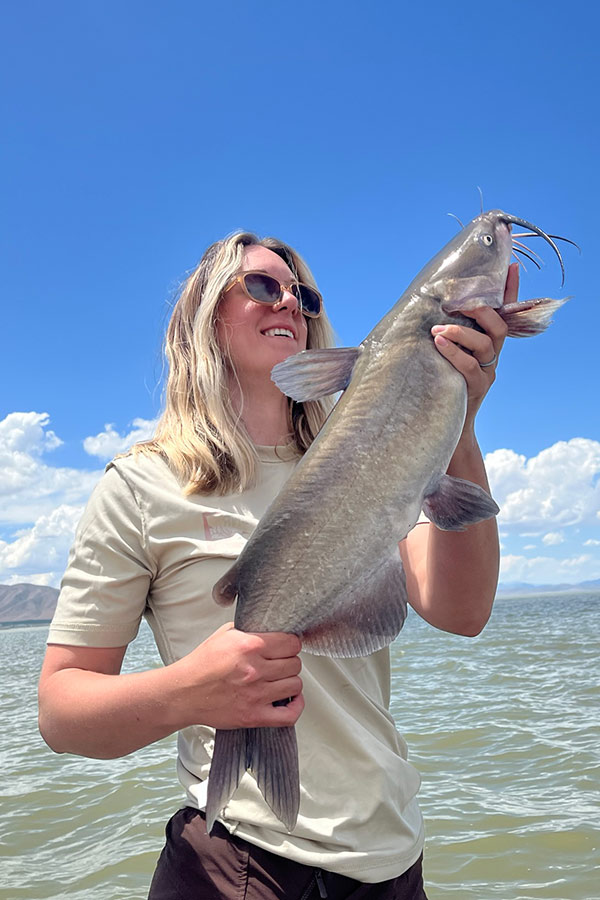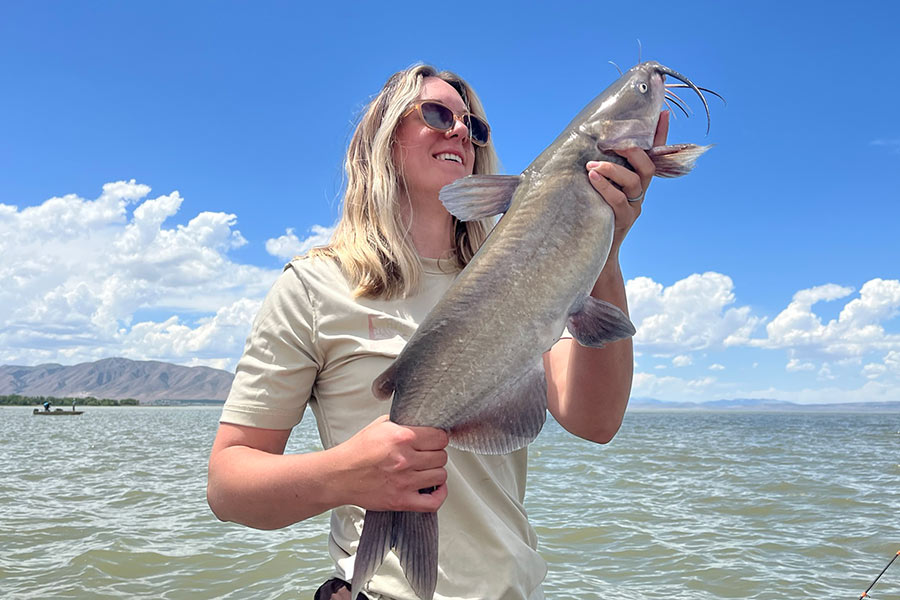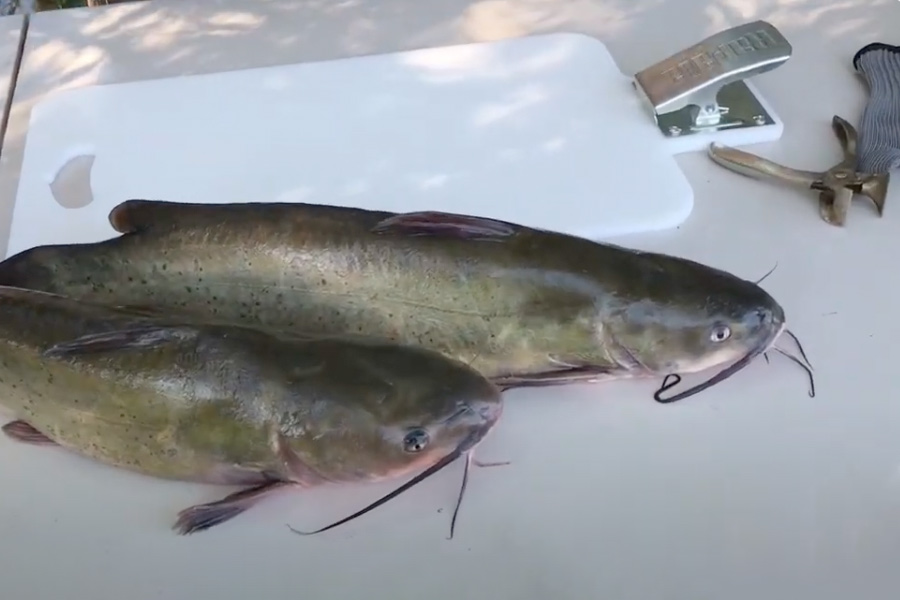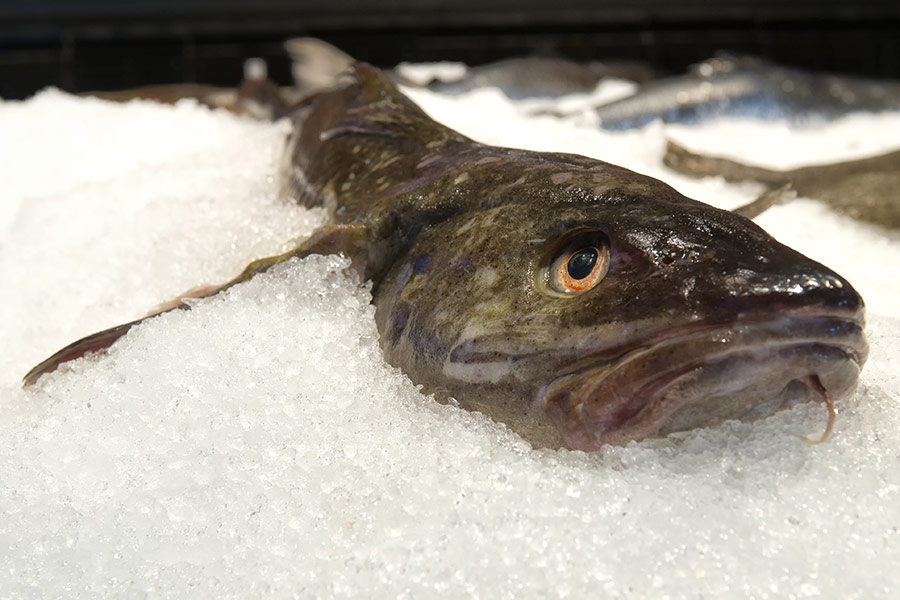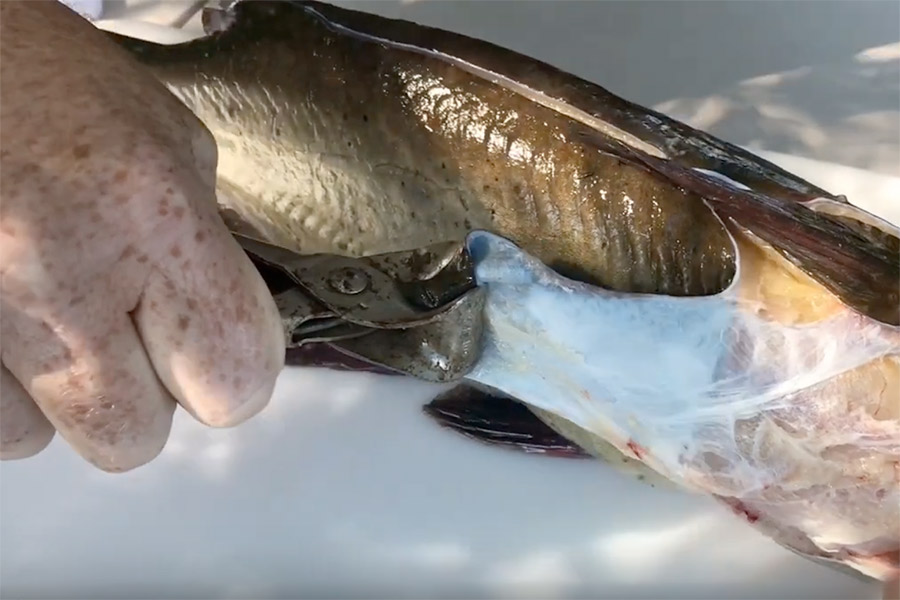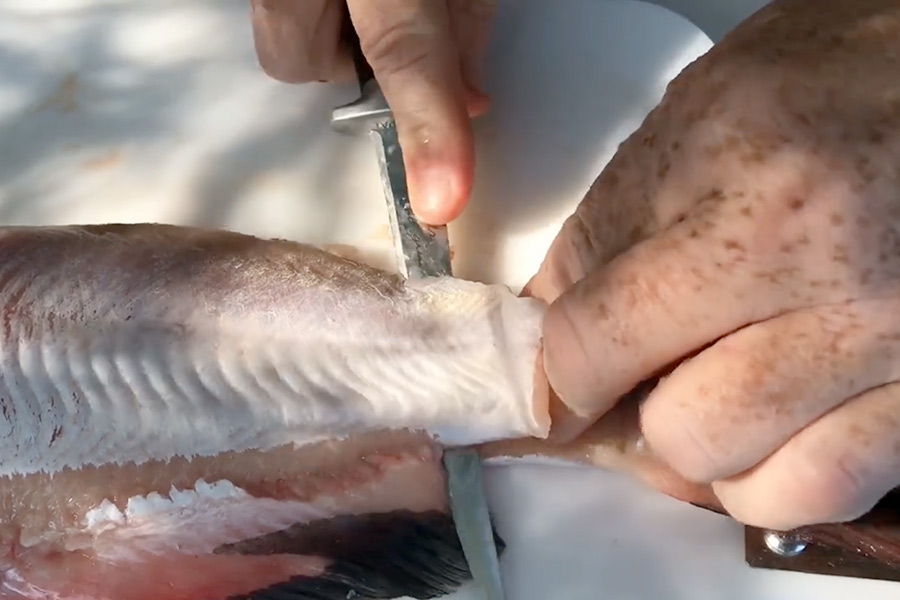How to clean and prepare catfish
Tips for taking your freshly caught catfish from the shore to your kitchen
Michael Packer
Wildlife Recreation Specialist, DWR Central Region
Catfish are fun to catch and make for a delicious meal. But they need a few extra steps — and a couple of inexpensive specialized tools — to get them from the lake to your plate. Here's a step-by-step guide to getting the most out of your catch.
Suggested tools and equipment:
- A large bucket or fish stringer
- Cooler with plenty of ice
- A very sharp, flexible-bladed knife (such as a 6–8 inch fillet knife)
- Game sheers or scissors
- Catfish skinning pliers (or needle-nose pliers)
- Fish fillet glove or a fish-handling rag
- A cutting board with clamp (sometimes called a fillet board)
New to fishing? See our beginner fishing web page to get started fishing, learn more about Utah's fishing regulations, find out where to buy a fishing license and more! And check out our Fish Utah interactive map to find great fishing spots near you.
Step 1: Bleed out the catfish immediately after you catch it
"Bleeding" the fish immediately after you've caught the fish isn't required, but it does preserve the quality of the meat and many anglers believe it improves the taste. Bleeding catfish can be accomplished by using any one of the following methods:
- Use a pair of game sheers or scissors to cut through the gills (both sides of the fish, or both sets of gills).
- Using a pair of pliers, rip through the gills.
- With a sharp knife, cut through the artery at the tail (often easier to cut off the tail).
Then, put the fish briefly on a stringer and return to the water to bleed out. This can also be accomplished by placing the fish in a bucket of water, or a cooler with water. Allow the fish to bleed out for about 10 minutes and then transfer to a cooler with plenty of ice. Properly storing the fish on ice is key to preserving the quality of the meat (especially during the heat of summer).
Step 2: Skin the catfish
You can fillet and then skin catfish like other types of fish, but many anglers find it easier to remove catfish skin when the fish is intact (whole) rather than remove the skin later from a fillet.
Although you can use a pair of needle-nose pliers and a regular cutting board for this step, you'll find it will go much quicker and easier if you use some specialized equipment. Catfish skinning pliers will help you get a better grip on the fish skin, and a fish filleting board with a clamp is a game changer — you'll use it all the time!
To skin the catfish before you fillet the fish:
- Use a very sharp 6–8 inch fillet knife to score the skin of the fish with shallow cuts on both sides of the head, and along the spine all the way to the tail.
- With pliers, break off the long barbels and pectoral fins (near the gills) of the catfish so the fish can lie flat on the board. (Interesting fact: Catfish have actual bony spines on their front pectoral fins — the two fins located on the sides of the fish closest to the head — and these barbed spines are an anti-predator adaptation that can be "locked" into place.)
- Secure the head of the catfish with the filleting board clamp. Use a fish fillet glove or a fish-handling rag when skinning and cleaning the fish to help maintain a good grip on the fish.
- Starting at the scored cut next to the head of the catfish, use the catfish pliers to pull off the skin of the catfish, working toward the tail.
Step 3: Fillet the catfish
We recommend the "double-fillet" technique for best flavor and even cooking of your catch:
- Secure the skinned catfish by the tail using the fillet board clamp, working on one side of the fish at a time (with the spine parallel to the board).
- With a fillet knife, cut through the narrow part of the tail until you hit the spine. Working from tail to head, keep the fillet knife parallel to the cutting board and cut along the fish spine to release the fillet from the spine.
- Work the fillet knife along the spine until you hit the rib cage. When working the knife from the bottom or belly side of the fish, you'll typically hit the rib cage when your blade has traveled just past the anal fin (long belly fin). Once you've hit the rib cage on the belly side, switch to the top side of the fish and continue working the knife along the spine toward the head of the fish.
- To remove the fillet completely from the rib cage, with your supporting hand, use your thumb to create a wedge between the spine and meat of the fish, and carefully run or slide the fillet knife against the ribs to peel the fillet away from the rib cage. It may take multiple passes with the fillet knife before the fillet completely releases from the rib cage.
- If there are contaminants in the water you are fishing, they will typically settle in the non-meat tissues of the fish. This includes the fat and nervous or connective tissue (usually found in the belly and lateral line, a dark red line along the center of the fillet that's also called the lateral line or “mudline"). Using the fillet knife, remove the lateral line from each fillet, along with any fat and other connective tissue.
- Often, there is a thin sheen of membrane or shiny connective tissue on the skin-side of the fillet, which can have a strong taste and cause the fish to curl when cooked. "Double-fillet" by turning the fillet membrane-side-down on the board, securing the fish with the flat of your hand (the fillet glove or rag comes in handy here), and then cut away the membrane with your fillet knife by running it parallel to the cutting board.
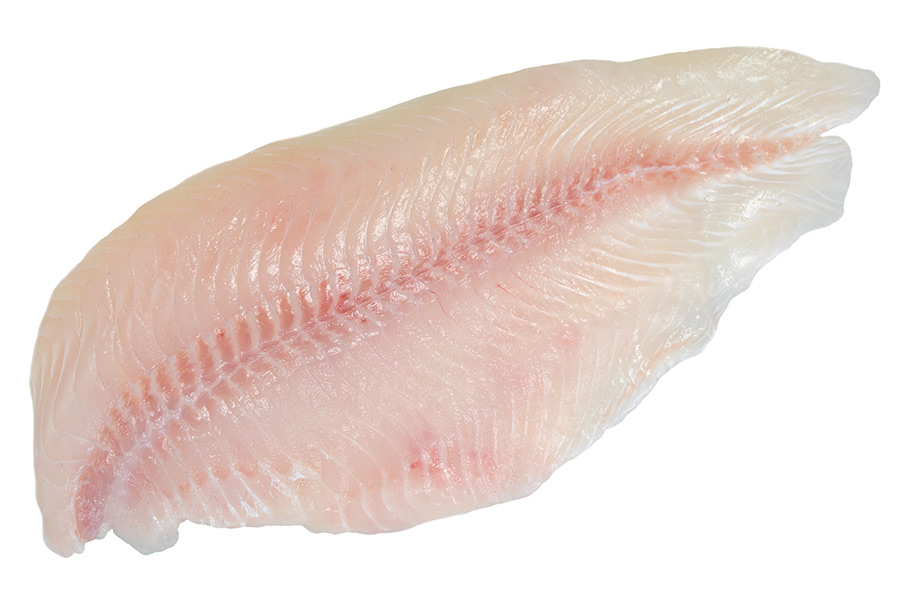
It may take multiple passes with the fillet knife before the fillet completely releases from the rib cage.
More tips for preparing and cooking catfish:
This step-by-step video reviews how to clean and prepare catfish for cooking.
- Soaking catfish fillets in whole milk or buttermilk prior to cooking (30 minutes to 1 hour) can help remove any lingering fishy taste in the meat.
- When frying catfish, cutting fillets into smaller pieces can help ensure the fish cooks more uniformly in the oil. (See a simple recipe for fried catfish from takemefishing.org.)
- Try our recipe for easy and no-mess crispy oven-fried catfish nuggets!
Get started fishing!
- How to tie basic fishing knots
- Learn to fish: planning ahead for success
- Learn to fish: lure and bait selection
- Learn to fish: casting line and catching fish
- Video: how to release fish
- Learn more about fly fishing
- The basics of ice fishing
- More about fishing gear and tackle




